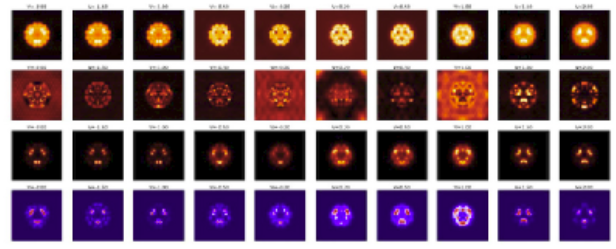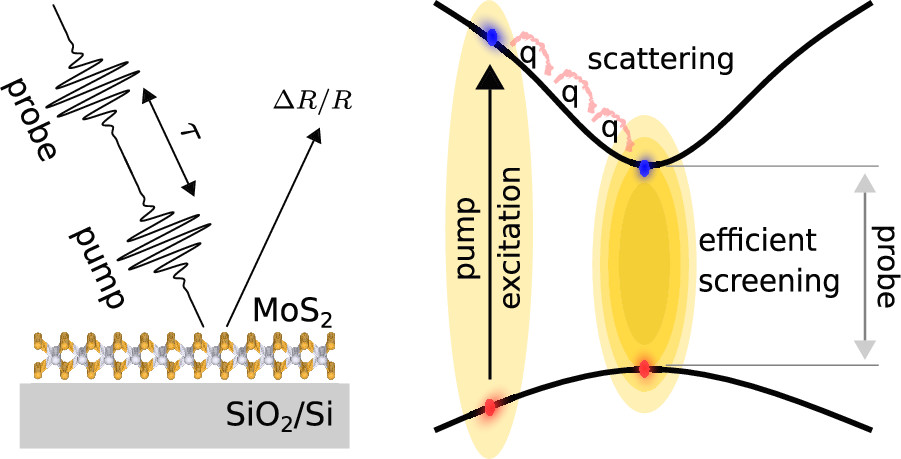Transition Metal Dichalcogenide monolayers investigated through Many-Body Perturbation Theory
Ultrathin layered 2D materials are next generation candidates for electronics and functional materials, but also superconductors and quantum computing. Their production quality has improved immensely but vacancies and impurities are found even in the best samples: it is critical to understand and quantify how defects change intrinsic properties, and use this knowledge to generate functionality.
A team of three researchers, composed by Pedro M. M. C. de Melo and Zeila Zanolli, respectively Postdoctoral Researcher and Associate Professor at the Condensed Matter and Interfaces group, University of Utrecht (NL) and Matthieu Jean Verstraete – Professor at the Physics Department of the Université de Liège (BE), employed the state of the art many-body perturbation theory to obtain the optical spectra resulting from intrinsic and extrinsic defects of the archetypical transition metal dichalcogenide (TMD) - WS2. In particular, ground-state calculations employed Density Functional Theory (DFT) using the Max flagship QuantumESPRESSO package, while excited state properties (GW energy corrections and Bethe-Salpeter absorption spectra) were computed using the flagship Yambo software package.
The work produced the first fully converged calculations of the optical spectrum of a full set of TMD defects. They consider the atomic vacancies of W and S and two representative substitutional defects. The simulated system sizes (70-80 atoms and large vacuum spacing around the TMD layer) allow to represent point defects realistically. They find that the vacancy and substitution defect classes have fundamentally different properties. The sulfur and tungsten vacancies show new exciton states below the pristine optical-gap, which makes them accessible by infrared lasers, while still being protected from thermal scattering. Particularly, the tungsten vacancy shows a larger set of extremely bright localised excitons. They show potential for device engineering as they would behave as photon emitters with multiple internal states, or even for multivalued quantum computing. The Mo and CH2 substitutional defects leave the full optical gap region available. These two substitutional defects offer potential for grafting and patterning in optical detectors.
In summary, metal vacancies show a richer set of polarised excitons than chalcogenide vacancies. In both cases excitons in the sub-optical-gap region are well localised near the vacancy site, making them good candidates for quantum dots, single photon emission, and qubits.
Large and pristine monolayers of transition metal dichalcogenides (TMDs) are difficult to manufacture, with most of them containing defects. Many-Body Perturbation Theory is used to demonstrate how different vacancies and substitutions can be spectrally identified in monolayer WS2, and might increase its functional potential, creating new quantum dots or adsorption sites.
https://doi.org/10.1002/qute.202000118
Optical Signatures of Defect Centers in Transition Metal Dichalcogenide Monolayers, Pedro Miguel M. C. de Melo, Zeila Zanolli, Matthieu Jean Verstraete. Advanced Quantum Technologies (QUTE) 2000118 (2021)



